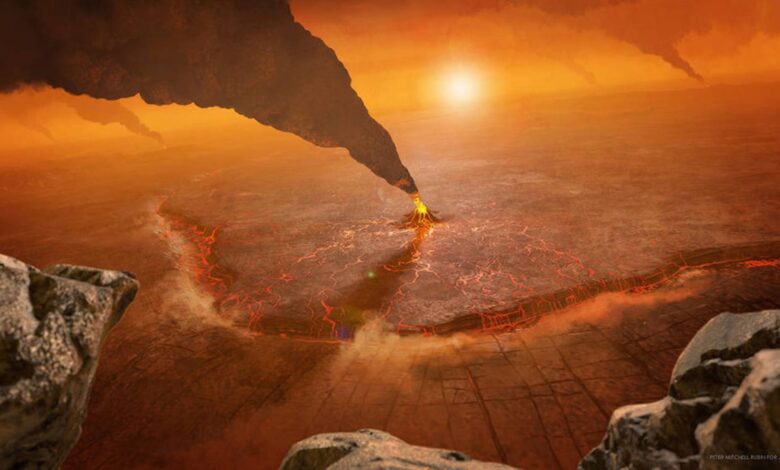NASA finds out the secret of Venus!

How does the earth lose heat? NASA explains that Earth’s hot core heats the mantle, which then transfers the heat to the lithosphere, the outermost layer of solid rock. The heat is then released into space, cooling the top portion of the mantle. This circulation of the mantle, known as mantle convection, is responsible for driving tectonic processes on the surface and keeping the plates in motion. But Venus’ heat transfer mechanism has so far remained a mystery. The absence of tectonic plates on Venus has led to nagging questions in planetary science about how the planet loses heat and what processes form its surface.
A recent study analyzed archives NASA data and suggest that Venus may have released heat due to geological activity in regions known as coronae, similar to early tectonic activity on Earth. The study used three decades old data from NASA’s Magellan mission with a new perspective. Here’s what research says about Venus.
How does Venus’s heat transfer mechanism work?
While using the Magellan spacecraft observations made in the early 1990s of the coronae quasi-circular geological features on VenusThe researchers found that “coronae tends to be located where the planet’s lithosphere is thinnest and most active”.
Until now, scientists used to believe that the lithosphere of Venus is stagnant and thick. NASA further explains that similar to how a thin plate releases more body heat than a thick plate, a thin lithosphere allows more heat to escape to the planet’s interior through floating clusters of molten rock. Typically, elevated heat fluxes lead to amplified volcanic activity below the surface. Thus, coronae may reveal sites whose geological activity is currently affecting the surface of Venus.
According to this new study, the lithosphere surrounding each corona is on average about 7 miles (11 km) thick, significantly thinner than previously estimated. These regions exhibit an estimated heat flux higher than Earthshows that coronae is actively undergoing geological processes.
Additionally, NASA said in a blog that “the youthful appearance of Venus’s surface may be due to volcanic activity, which drives resurfacing of the region today.” Additionally, recent detection of increased heat fluxes in coronal regions supports the idea that Earth’s lithosphere may have exhibited an equivalent state in the past, NASA said.




